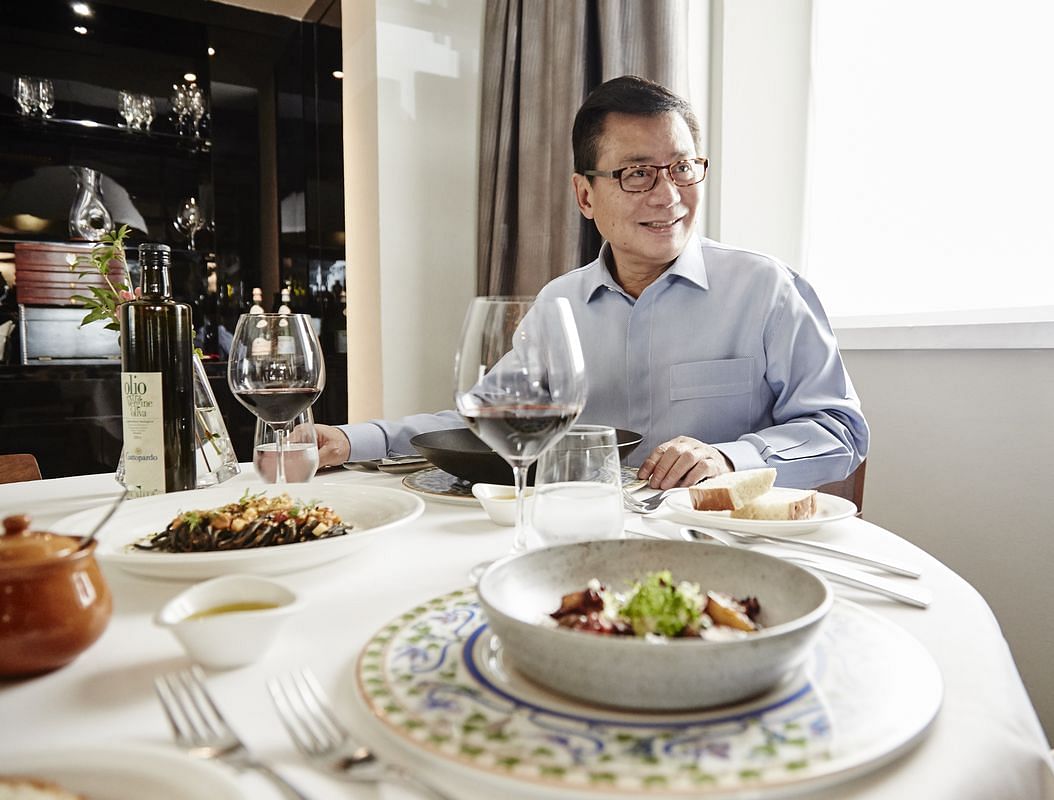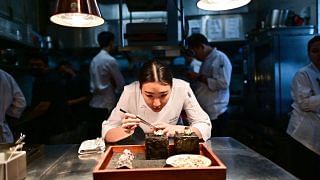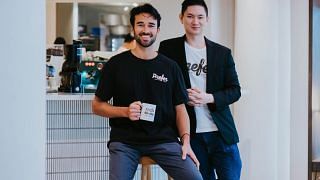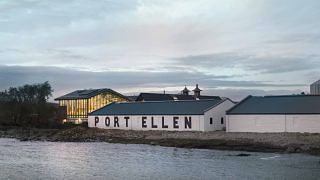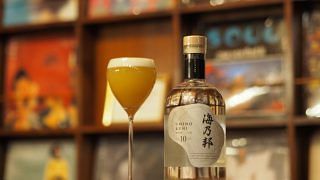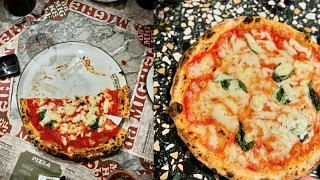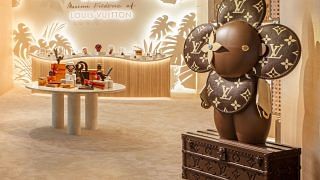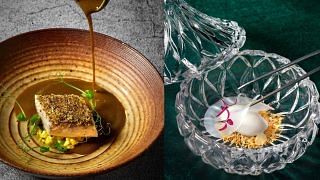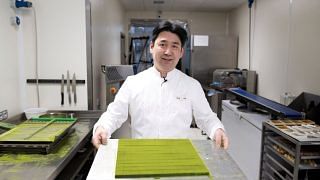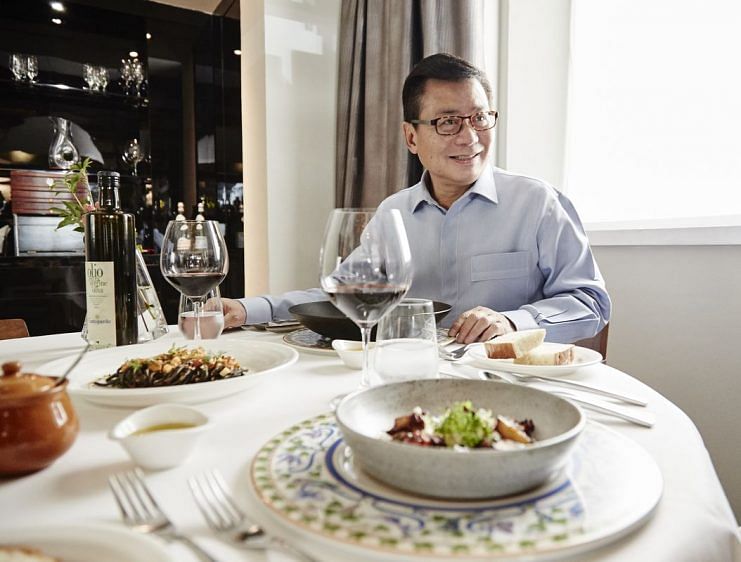
A decade ago, Singaporean Dr Stanley Quek bought Sydney’s Kensington Street, an abandoned and dilapidated stretch, in its entirety. This former medical doctor and veteran property developer who divides his time between Australia, London and Singapore, has in fact, built thousands of apartments Down Under since the mid 1990s. Today, Sydney’s trendy set has been congregating in the bars and restaurants lining the revamped Kensington Street. This enclave used to be home to the 168-year-old Carlton & United Breweries, whose administration building has since been transformed into the ultra hip Old Clare Sydney (launched late last year). The boutique hotel is run by Unlisted Collection’s founder and director Loh Lik Peng, a family friend of Quek’s.
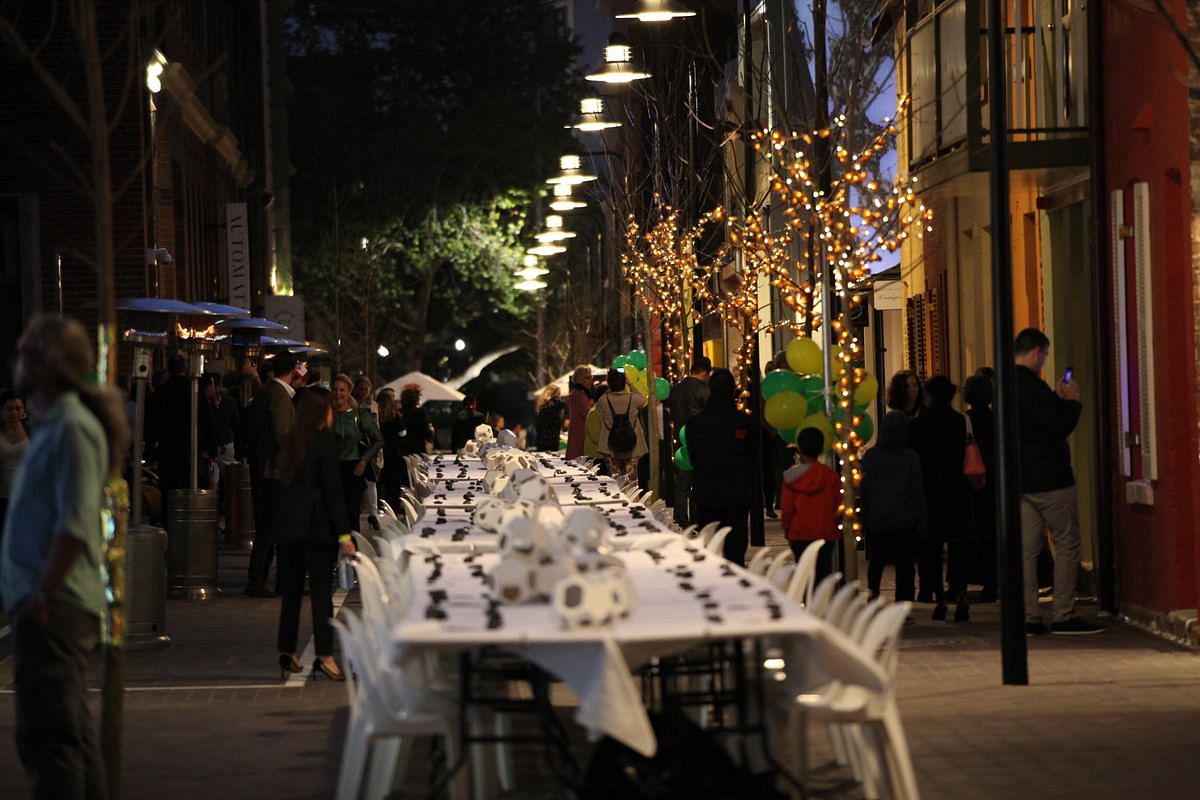
The 1840s brewery workers’ quarters on this street have also seen a new lease of life with the bustling Spice Alley featuring a range of Asian-style street food. In this area too are a host of popular restaurants such as Kensington Street Social by British chef Jason Atherton, Bistrot Gavroche by Singapore-based chef-owner Frederic Colin as well as the soon-to-open Olio by Chef Lino Sauro of Singapore’s Gattopardo. More restaurant openings are slated for later this year.
Even with numerous ventures on his plate, Quek manages to multi-task on the design, marketing and conceptualisation of different projects. Despite all his big scale developments, the visionary describes himself as an informal person who prefers to maintain a low profile. Here he shares with us his upcoming projects.
You’ve invested in many heritage buildings in various cities. Why are you drawn to these structures despite the many challenges and limitations when it comes to refurbishment?
I am interested in the adaptive reuse of these buildings and to make sure that they can survive for many more years if not hundreds of years! They are obviously beautiful with great workmanship that we do not see with some of the present building that are being built now.

How did you revive Kensington Street from its run-down state to one of the hippest lifestyle enclave in Sydney today?
In 2007, we bought the site, and two years later we started working on Kensington Street. We wanted it to be a little bit like Haji Lane, or Lan Kwai Fong in Hong Kong, or Brick Lane in London. It’s a creation that we had to do because of all our heritage buildings. I’m board of director of Chippendale, so I’m a great supporter of the precinct there. It’s all about working with the community, and ensuring that they are happy. It’s a vibrant community. You can walk down the streets and have good food, and the train station is nearby. There are also about 20 art galleries there now, and more are opening. We have historical walks showing the old fine grain buildings and warehouses. We also have art and food safari walks starting from Kensington Street to the other parts of the neighbourhood.
How did you have a solid vision on how Kensington Street was going to turn out?
I visualise small intimate details and large master plans, so my forte is being able to visualise what happens in a small space as well as what happens in a big development like Central Park [a mega mixed-used project that Quek developed, which is within a stone’s throw from Kensington Street]. I look at how to position the building and how to find the right architects. It’s the same thing for restaurants – I look at how to the find the right chefs for the right locations.
What other plans do you have for Kensington Street in the near future?
The announcement of Olio [slated to open in the middle of November] will be followed by two other announcements: a New York grill which will be run by a German-Chinese chef from Hong Kong. And the Holy Duck (or “Ho Le Tak” in Cantonese), which will focus on roast duck done in many styles. It will be an affordably-priced roast restaurant.
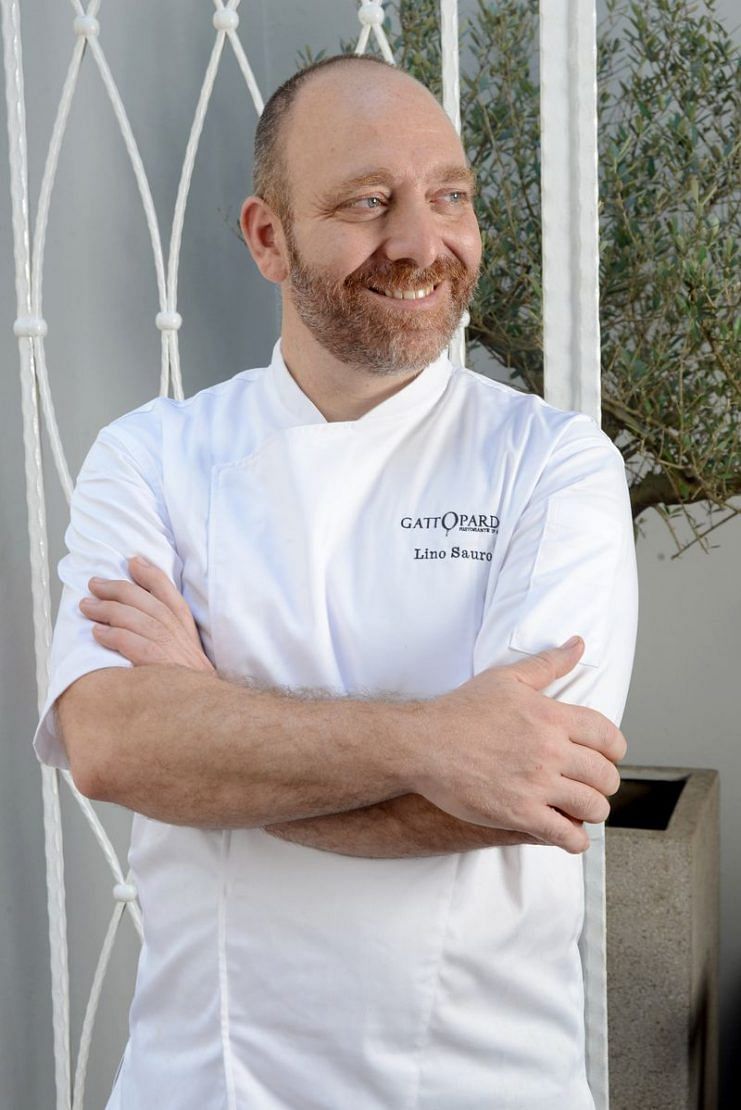
Tell us more about the new restaurant Olio by Chef Lino Sauro.
To begin with, I own these properties and Gattopardo [on Tras Street] was my tenant. So when the lease was running out, I asked Lino why don’t we carry on with Gattopardo, which is doing well. So I bought over the business. I then said to Lino, “why don’t we bring you to Kensington Street?”. We’ll have a Sicilian guy from Singapore, opening a Mediterranean restaurant in Sydney. He’ll get to create new menus and exchange ideas in Australia, and also bring some of the ideas he’s created in Singapore to Australia.
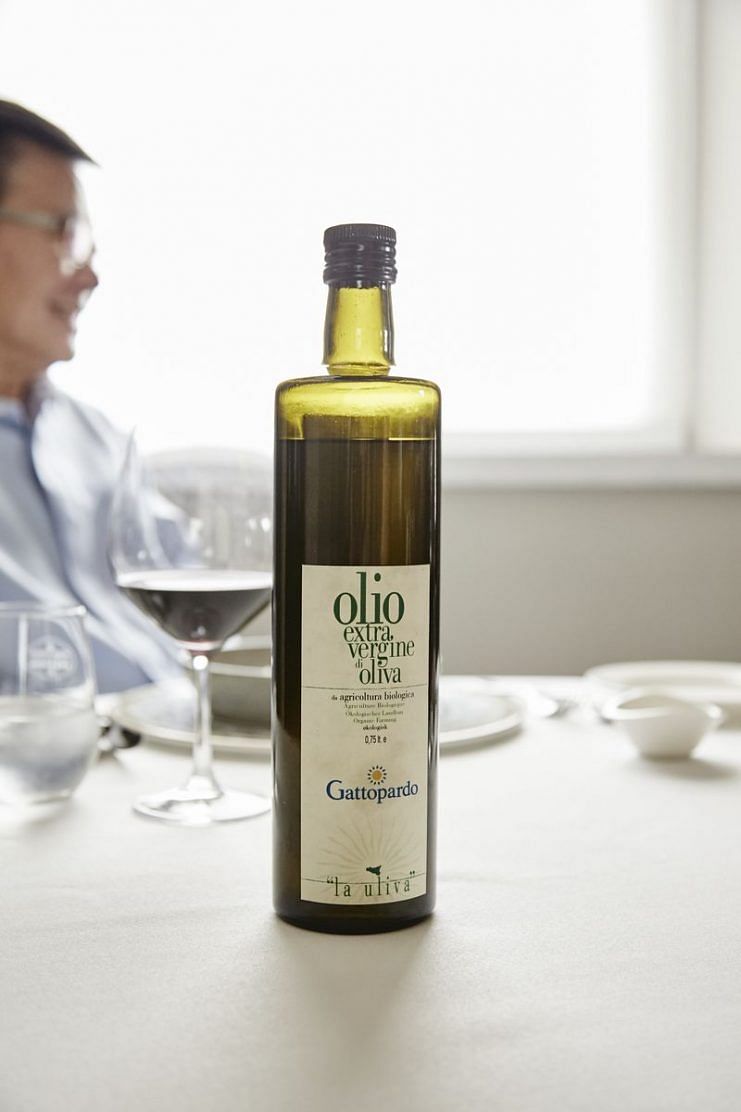
Gattopardo is an established name here. We came up with the name Olio, which means oil [in Italian] – and because Lino’s family still produces olive oil in Sicily. So on that basis, we decided to adopt the name Olio for the restaurant’s name in Australia. As the restaurant is within a heritage warehouse that has been refurbished, the interiors are light and slightly minimal to show off the beauty of the old brickwork and the light penetration into the spaces. It has a beautiful rooftop terrace that can be used alfresco most days of the year with Sydney’s mild climate.
Do you have other plans to bring more Singapore-based chefs to set up shop in Australia?
Yes, of course… and to bring the new emerging talents from Sydney to Singapore as well!
What do you think about the latest dining trends in Singapore?
There has been a shift in dining. Of course corporate diners still want the white table cloth and fine wines. But a lot of people want to be able to dine with their friends and have fun, so they’d prefer restaurants that are more casual.
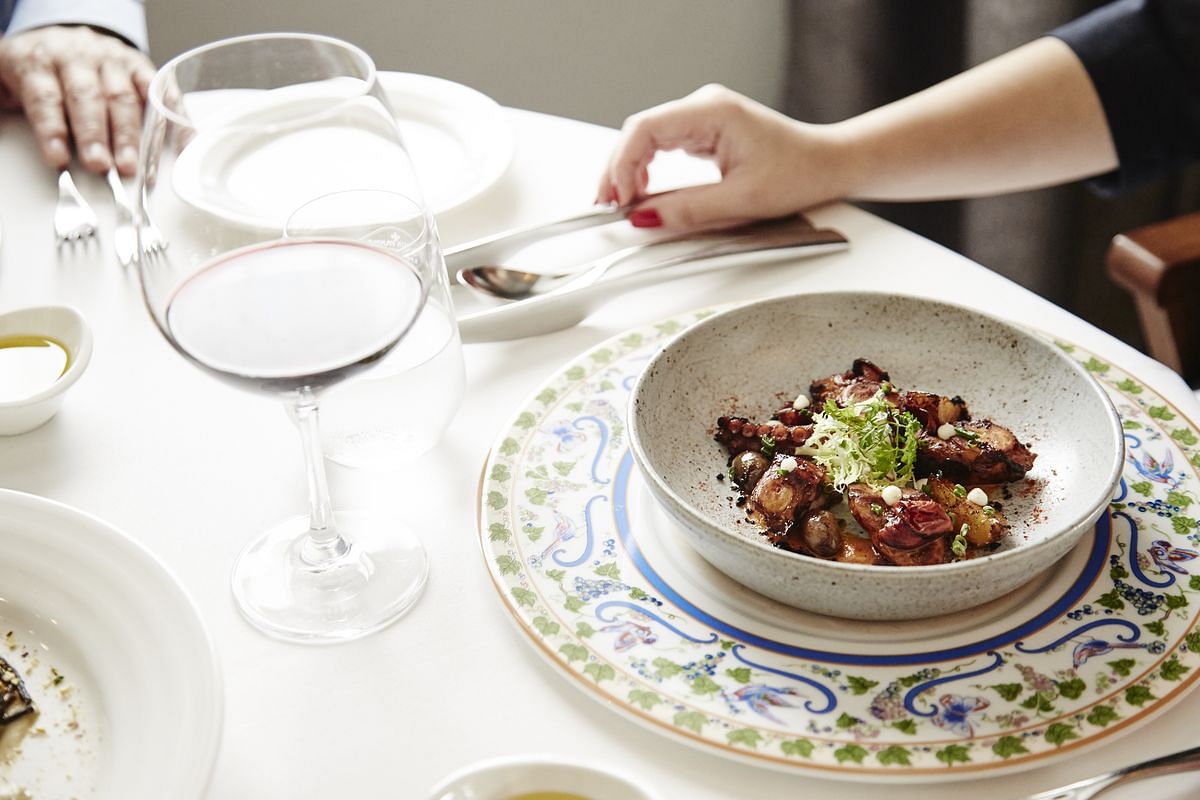
Generally Singapore’s dining trend has been hit a little bit by the economy. To me, F&B is the new retail – you can shop for clothes online, but everybody has to eat. When you have a lot of shops and spaces, you go back to food – but it must be creative. There are a lot of failures and success, but you must be able to follow the trends, change the menus and concepts. You must be able to move on – if you don’t you’ll be wiped out. Especially in Singapore – when a new restaurant opens everyone goes there! With the population that has grown, the taste varies; there are a lot of immigrants here that demand different cuisines. The younger population has been educated abroad, and they come back demanding different lifestyles. Therefore you have to keep changing concepts, and the environment and ambience. You cannot be left behind. A restaurant is fresh for about three or four years – and then it has to change.
What motivates you on a daily basis?
I really enjoy my work. I love working and I can’t imagine not working. I can’t imagine myself sitting back and twiddling my thumbs. What is good about F&B and retail versus large developments, is that these smaller projects are easier for me to turn around, and they feed my creative spirit. The variety that is there keeps me going.
The Peak drops in on Kensington Street, Chippendale, to check out the hippest art and dining spots. http://thepeakmagazine.com.sg/2016/06/loh-lik-peng-embarks-on-first-foray-in-australia/



